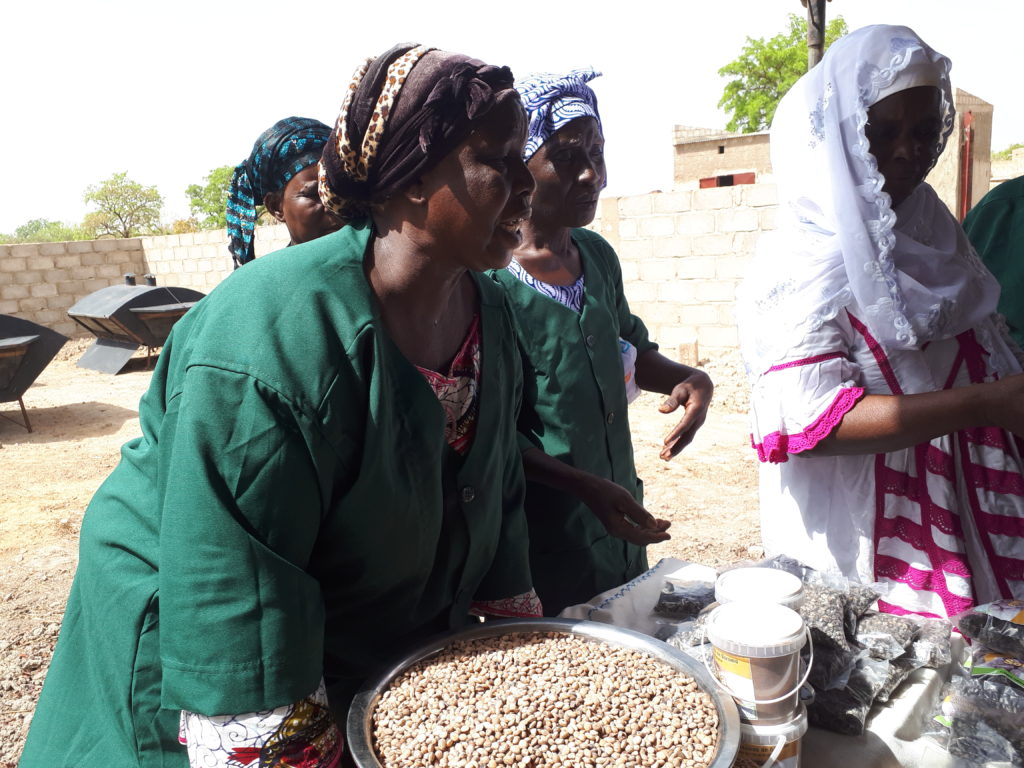I recently witnessed the potential of a funding mechanism that allows indigenous people and local communities to determine how to protect their forests and enhance their livelihoods. As our review of the Forest Investment Program’s (FIP) Dedicated Grant Mechanism (DGM) shows, a significant level of commitment can be generated when solutions are genuinely developed bottom-up. If funders take the time to build local capacities for project design and management they can tap into the local knowledge and energy for protecting the world’s natural resources.
Hoping to see whether and how this potential is used to support people on the front-line of climate change, I followed the finance stream at the latest Community Based Adaptation (CBA13) conference in Addis Ababa. It was very good place to find out: the organisers of CBA13 did a great job of ensuring every discussion was led by expertise and experience from the global south.
There were some interesting local finance mechanisms showcased and referred to. Kenya’s County Climate Change Fund, for instance, was presented as a model for building local government capacity, which fed into a wider debate about the extent to which new finance structures can and should be set up. The answer to this perhaps lies in each context; my reflection was that by setting up the DGM, the World Bank had made a demonstrable commitment to indigenous people and local communities, which helped to build all-important trust.
The overall message, however, was stark: climate finance for adaptation is not reaching the community level, regardless of whether its disbursement mechanism supports top-down or bottom-up initiatives – IIED estimates that one in every 10 dollars of public funding reaches the level where the greatest impacts of climate change are felt.

Is it undoubtedly more difficult and time-consuming to support the creation of locally-relevant designs than parachute in ideas of how people should protect their forests and adapt to climate change. However, if you want to know what motivates people to start, stay with and expand these long-term processes, providing grants to community-identified actions may help cut through the trial and error. For example, the local communities I visited in Burkina Faso had started an informal sharing of the DGM’s benefits: training neighbouring villages in project design and natural resource management and contributing to other community plans with their increased profits.
Telling a more convincing story, however, is currently difficult. There is an acknowledged gap in the evidence base of what decentralised climate finance is leading to (beyond outputs and avoiding misuse). Whether it helps people adapt to climate change is something we’ll only know in the future; restored forest and improved livelihoods could be wiped out by recurrent drought, for example. Promoting one may jeopardise the other, especially as natural resources become more constrained.
In this regard, it was interesting to hear many people at CBA13 calling for capacity building for locally-led monitoring and evaluation – a topic close to our hearts at Itad. This may be one way to build reciprocal trust, and the level of effort that the community projects in Burkina Faso put into their reporting showed a great willingness to respond to their funder’s accountability needs.
There’s a long way to go in reaching this stage, and a starting point is not monitoring or evaluation, but learning on what local funding mechanisms are already in operation. At the start of our review the DGM was described as “FIP’s best-kept secret”, and so we gathered a wealth of information on how it was set up in the hope that no climate finance institution would have to start from zero in creating a local grant mechanism. There’s definitely not one way to do it, and CBA13 proved there is a lot out there to emulate and improve upon.
We’ll be looking more closely at what lessons the DGM has to offer for localising climate finance; if you have other models, lessons, and ideas do get in touch either by commenting below or emailing me directly.

